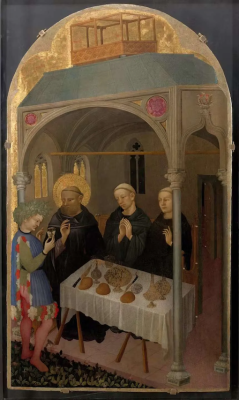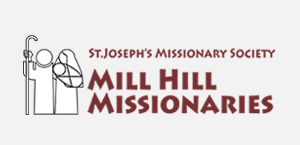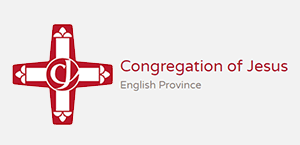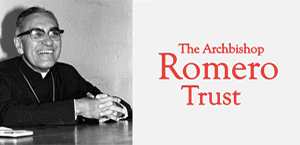Gospel in Art: Feast of Saint Benedict, Abbot, Co-Patron of Europe

St Benedict and the Poisoned Wine by Niccolò di Pietro © Uffizi Gallery, Florence
Source: Christian Art
Gospel of 11 July 2025
Matthew 19:27-29
At that time: Peter said to Jesus, 'See, we have left everything and followed you. What, then, will we have?' Jesus said to them, 'Truly, I say to you, in the new world, when the Son of Man will sit on his glorious throne, you who have followed me will also sit on twelve thrones, judging the twelve tribes of Israel. And everyone who has left houses, or brothers or sisters, or father or mother, or children or lands for my name's sake, will receive a hundredfold and will inherit eternal life.'
Reflection on the painting
Today we celebrate the Feast of Saint Benedict, a figure who has shaped not only Western monasticism but the very spiritual rhythm of the Church. The Benedictines hold a special place in my heart. I was fortunate to attend a Benedictine school in Belgium, and it was there, through the quiet witness and prayerful example of the monks, that the first seeds of my own vocation were sown. Watching the monks whose lives were ordered around prayer, study, and community left a lasting impression-one of deep simplicity, but also of unwavering commitment to Christ.
Saint Benedict was born around 480 AD into a privileged family in Umbria, Italy. Disillusioned by the decadence of Roman society, he sought a more authentic path and encountered Romanus of Subiaco, who guided him towards a life of solitude and spiritual depth. For three years, Benedict lived in a cave near Subiaco, dedicating himself wholly to prayer and asceticism. Eventually called to leadership, he became abbot of a nearby monastery, where his rigorous commitment to monastic discipline soon sparked resistance. Disgruntled monks conspired to poison him, but as Benedict blessed the poisoned wine cup, it shattered, saving his life.
The moment of this miraculous protection is captured in the painting I share today: 'The Story of Saint Benedict and the Poisoned Wine', from the Uffizi Gallery. Here we see Benedict calmly blessing the cup, brought to him by a richly dressed layman. The layman's pagan headdress implies he has been deceitfully hired to put the poisoned chalice in front of our saint. The contrast between the worldly finery of the layman and Benedict's simple clothing also speaks volumes. The painting draws us into that pivotal moment of divine intervention protecting the saint.
Just as we hear in today's Gospel, Saint Benedict left everything to follow Christ, without compromise. His Rule famously begins with the words "Listen, my son, to the instructions of the master, and incline the ear of your heart". In a world that often encourages comfort and convenience, Benedict's example calls us back to the Gospel's radical invitation: to surrender worldly attachments and seek God above all. His life and legacy remind us that holiness is found not in grand gestures but in faithful daily living.
LINKS
Gospel in Art: https://christian.art/
Today's Reflection: https://christian.art/daily-gospel-reading/matthew-19-27-29-2025/(with audio)


















